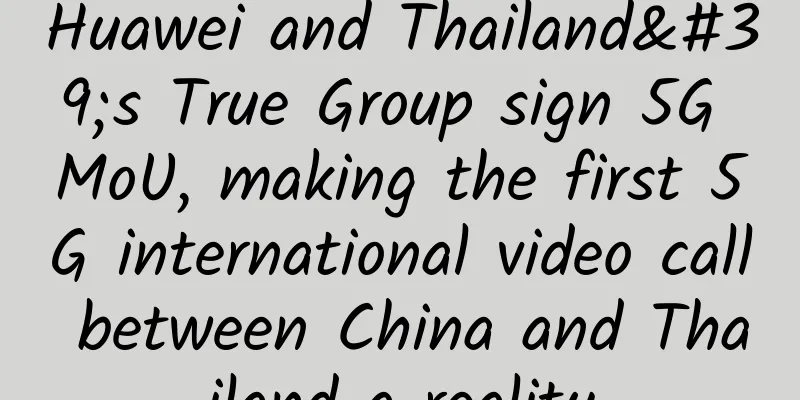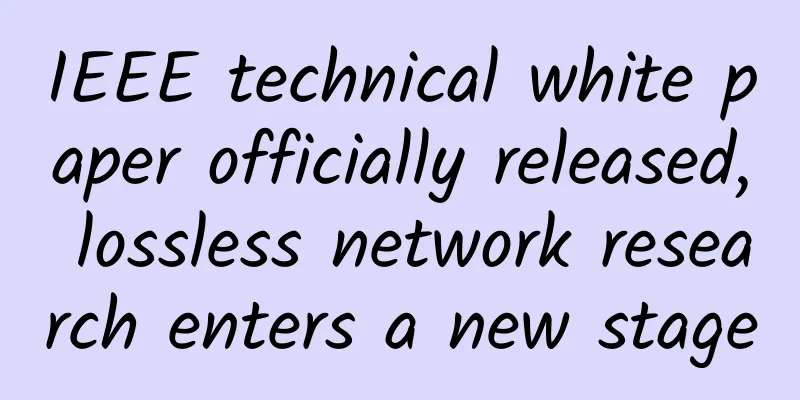How 5G, edge computing, and IoT can modernize traditional enterprises

The global pandemic and lockdowns have driven the use of digitalization and disrupted countless businesses over the past two years. Given the sustained pace of digital innovation, many organizations have been forced to make strategic changes quickly under these circumstances. With the advancement of 5G and modern technology solutions, this ratio has changed. Asia Pacific currently leads the world in 5G adoption and is expected to maintain this position in the future. Telecommunications companies in the region plan to invest $331 billion on 5G deployments between 2020 and 2025, and they are expected to account for 66% of global 5G subscriptions by 2024. Businesses in the region have the opportunity to establish themselves as innovative suppliers while setting the global standard for 5G services. 5G is expected to contribute up to $123 million to global output by 2035 as it aims to improve data transmission and connectivity, which is essential for the future of IoT and connected devices. However, to achieve this, they must fully leverage available resources to build a robust infrastructure and deliver business value. Legacy applications are no longer commercially viable because they have limited bandwidth and cannot fully optimize emerging technology solutions. At a time when resource efficiency and technology adoption are critical, legacy application modernization is an emerging need. What are application modernization techniques?As a concept, application modernization refers to upgrading current software to be compatible with more modern and emerging computing technologies. This upgrade simultaneously brings greater agility, efficiency, and speed to both operational and strategic functions of technology adoption. Here are some of the key benefits that enterprises can gain from implementing 5G technology and modernizing traditional applications:
However, when transforming business applications, it is critical to work with trusted experts who can not only assist in modernizing legacy applications, but also customize and effectively integrate cloud migration strategies to maximize efficiency. Trusted experts can help companies transform their technology infrastructure in three key areas:
The road aheadLaying the foundation in place with modern infrastructure will help businesses maintain their competitive edge and take advantage of new opportunities brought about by the arrival of 5G. Application modernization and optimization combined with 5G facilitates continuous business innovation. By removing physical constraints in a fully virtualized environment, applications can be rapidly deployed from anywhere across data centers, clouds, and devices. |
<<: Why do base stations need to go to the sky?
>>: The entire network discloses IP locations, and your location is exposed
Recommend
What security risks may cause the Internet speed to suddenly slow down?
[[434023]] This article is reprinted from the WeC...
The AI dual competitions will enter the final round in August. Huawei invites you to witness the birth of the champions of the DIGIX Geek Artificial Intelligence Campus Innovation Competition and the Algorithm Elite Competition!
[51CTO.com original article] This summer, two eve...
Is 5G a tool for some companies to defraud subsidies or is it a real demand?
Recently, major mobile phone manufacturers have r...
China Telecom Tianyi Cloud 3.0 helps Heizi Technology build Zhongshan intelligent cloud platform
In May 2015, the state released the "Made in...
Network equipment and protocols: protocols
When visiting a website and sending or receiving ...
China's digital economy reaches a turning point from big to strong
[[396176]] On April 25, the Cyberspace Administra...
RackNerd New Year promotion starts at $10.99/year, 8 data centers available in San Jose, Los Angeles, etc.
RackNerd launched several special packages during...
Stop guessing! Teach you how to accurately identify the indicator lights on box switches!
The switch indicator light is one of the importan...
Have you used 5G? Wang Jianzhou: 6G network will be commercially available in 2030
According to Sina Technology, at the 2021 Technol...
Borui Data passed the CMMI Level 5 assessment, the first in the domestic APM field
Recently, Borei Data passed the CMMI Level 5 asse...
5G becomes a strong driving force for edge computing
Edge computing is one of the most exciting new co...
iWebFusion: US servers start at $49/month, high-end servers start at $219/month (Dual E5-2699v4/384G/1T NVMe/25TB)
iWebFusion (also known as iWFHosting) is a subsid...
From 5G to 6G: The race between innovation and disruption
McKinsey's 2022 Technology Trends Outlook sho...
What is Software Defined Networking (SDN)?
SDN is the abbreviation of software defined netwo...
Goodbye, endless pop-up ads
In recent years, with the rapid development of mo...









